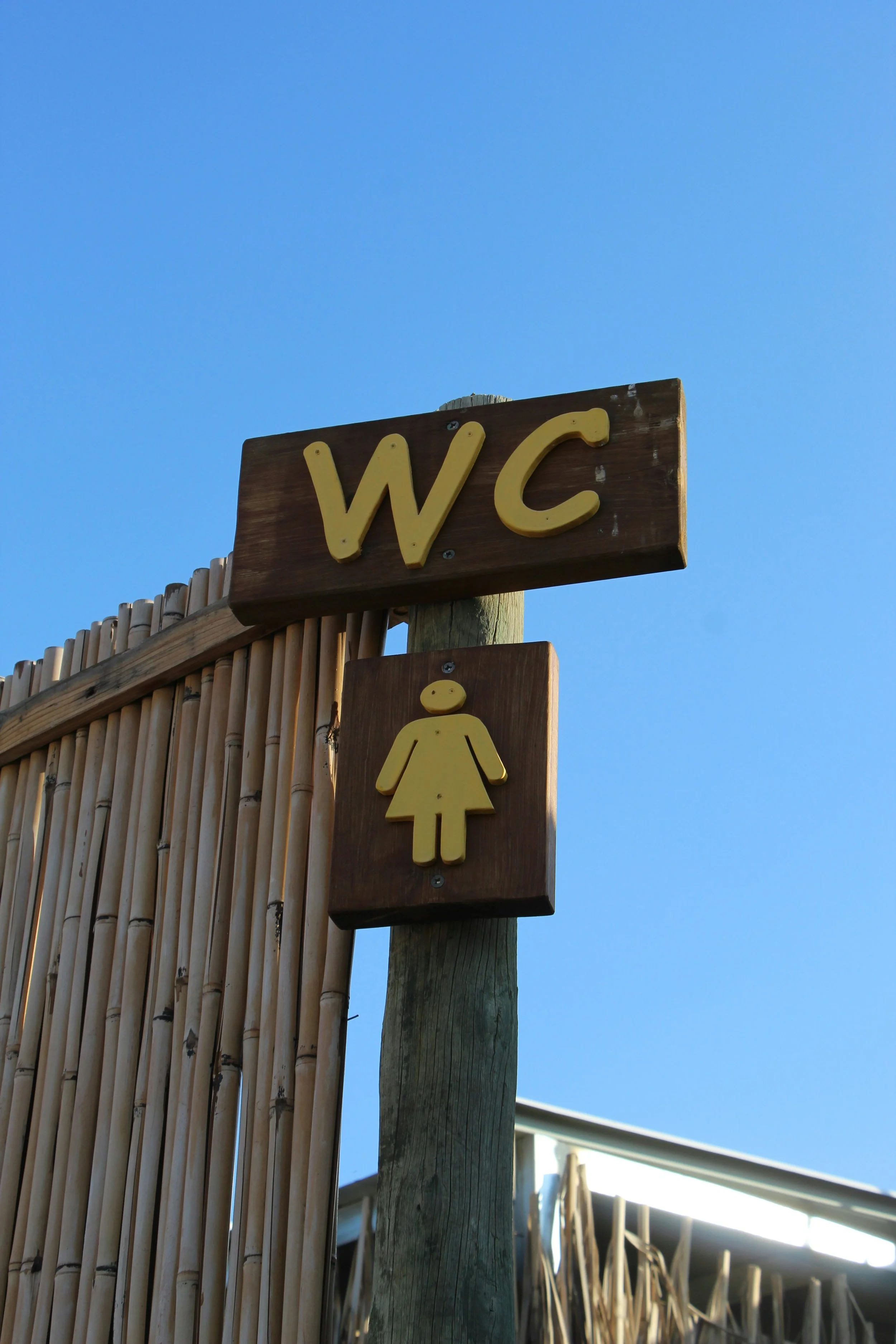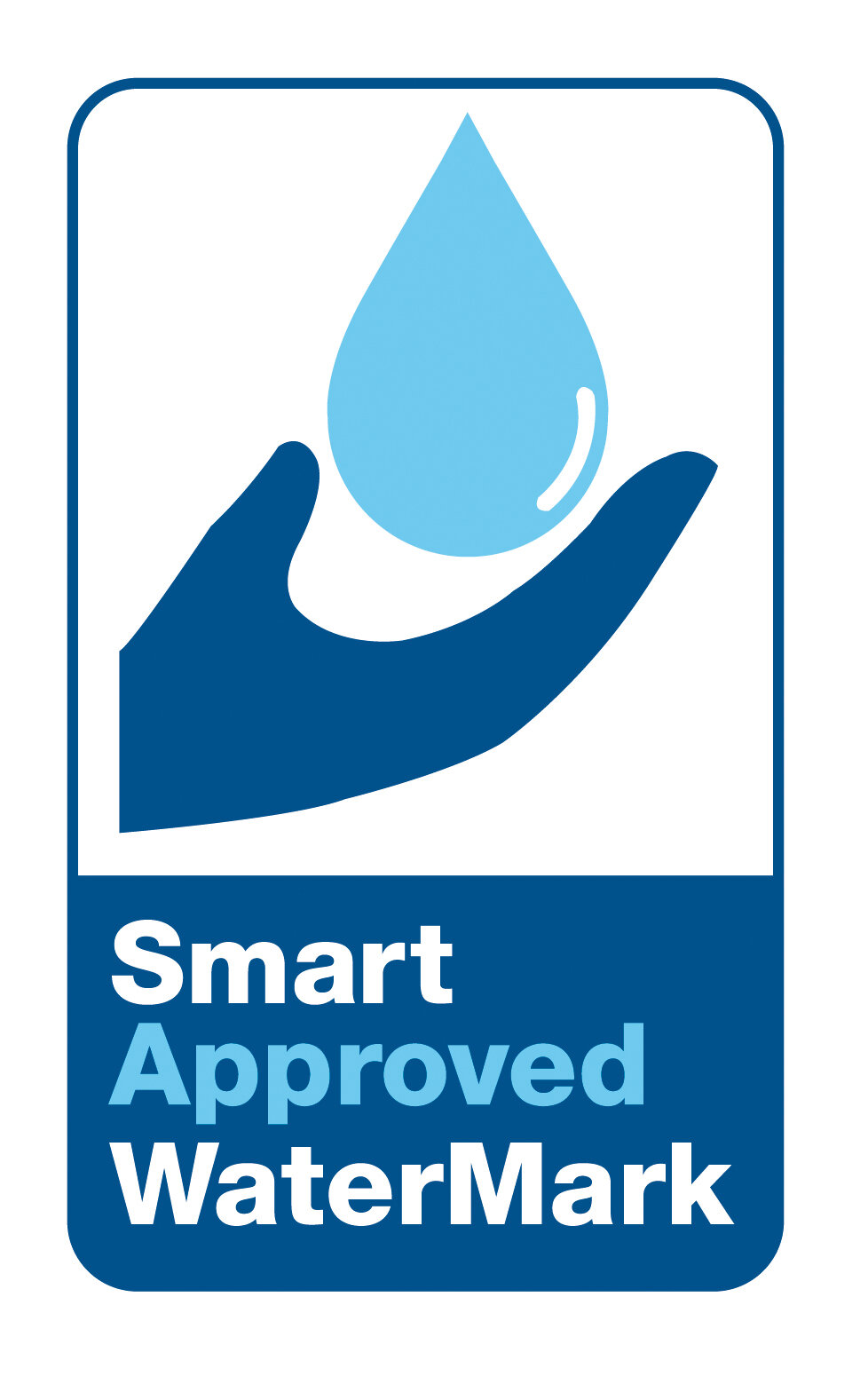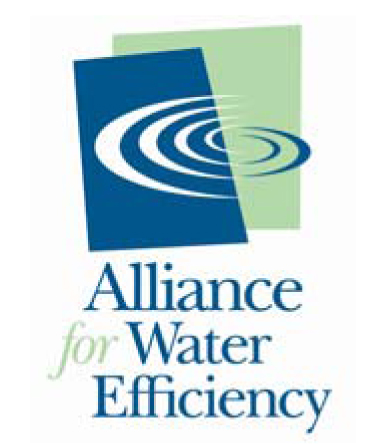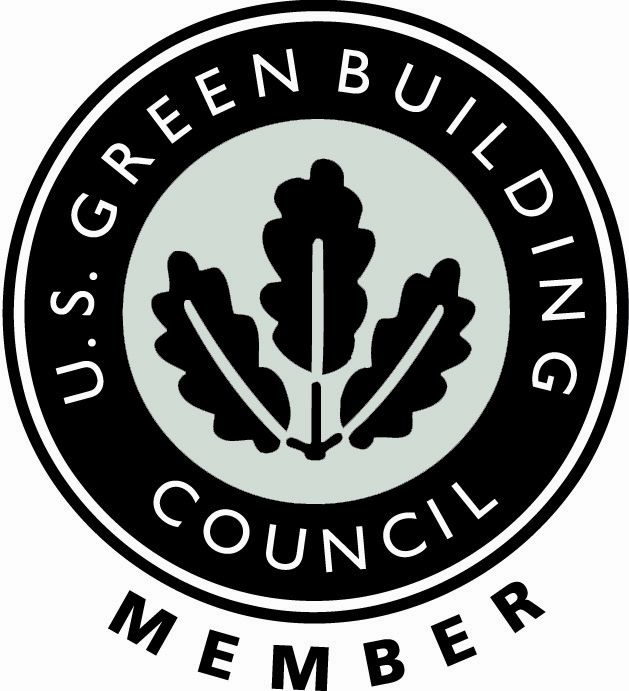What Is a Water Closet?
The term water closet, often abbreviated as WC, refers to a room containing only a toilet, usually without a sink. The WC dates back to 16th-century England and was a significant step in the evolution of indoor plumbing, moving sanitation from outdoor outhouses to the convenience and comfort of indoor facilities.
Originally, these fixtures were a luxury reserved for the wealthy and royalty. The first known WC in the U.S. was installed in a home in Annapolis, Maryland, around 1765. In 1804, Thomas Jefferson had two of them installed in the White House, a full 30 years before a water supply for bathing and drinking was available in the president’s home.
Why Do Plumbing Systems Have Air Vents on the Roof?
Sometimes these are called a plumbing vent stack and you can see them on top of roofs. This essential component is a vertical pipe that connects to all the drains in your home's plumbing system. Its primary purpose is to release unpleasant and potentially hazardous sewer gases that build up in the pipes.
In addition, the vent stack allows fresh air into the system. This fresh air helps water flow smoothly through your drains, preventing a gurgling sound or slow drainage.
If a vent stack gets blocked by debris like leaves or animal nests, you might notice a few warning signs. A telltale sign is a persistent foul odor in your home with no obvious source. Another common indicator is when a drain, like a sink or shower, drains very slowly. While your first instinct might be a clog in the drainpipe itself, the issue is often a lack of proper airflow from a blocked vent stack. Clearing the vent can solve the problem.
Why Do P-Traps Dry Out?
A P-trap is the curved pipe located under a sink or drain. Its design traps a small amount of water, which creates a water seal. This water seal is crucial because it prevents sewer gases from entering your home.
The issue with P-trap is that they dry frequently, especially if you live in a hot, dry climate. When this happens, a foul, sewer-like odor can develop, sometimes carrying harmful gases like hydrogen sulfide.
Pouring water down the drain is a temporary fix, but the water will eventually evaporate again. Pouring bleach down the drain to fix the problem can be dangerous. Bleach can react with sewer gases to create toxic fumes.
A safer and longer-lasting solution is to use products designed to maintain the water seal, such as Everprime. This biodegradable liquid can keep the water seal intact for an extended period, even in hot climates or with infrequent use. Pouring a few ounces down all your drains can help maintain a healthy, clean, and fresh smelling home or office.
Waterless Co., Inc is a pioneer in water efficiency. We are the go-to company when it comes to reducing water consumption, understanding the many benefits of waterless urinals, and water efficiently. For more information, contact a Waterless Co Specialist.
Image above by Orel Ankori found on Unsplash.










